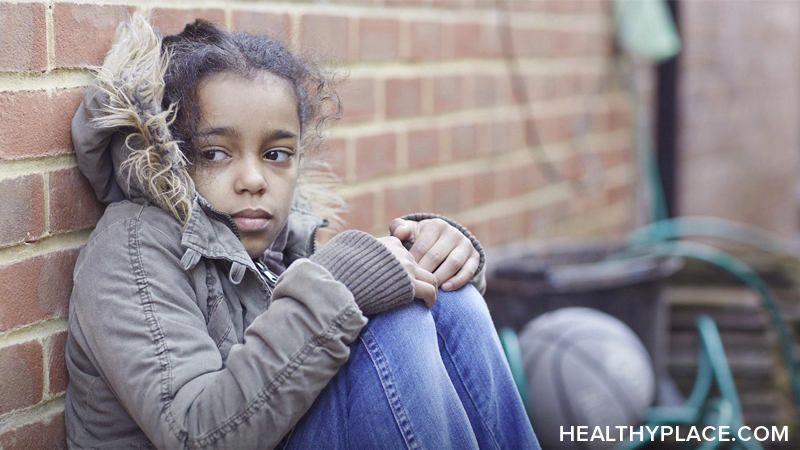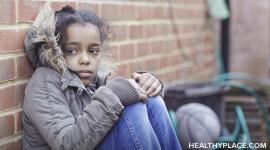Healing From Child Physical Abuse

Healing from child physical abuse involves much more than merely treating the physical wounds and injuries resulting from physical abuse. Recovery and healing require that the child receive treatment for the multitude of emotional and behavioral issues that arise in the physically abused child. Therapists and other mental health professionals will help the child learn to cope with pain and fear caused by the abusive adults in their lives – adults who should be trusted authority figures.
Children who do not receive this critical help will experience difficulty healing from child physical abuse. Failing to provide post-abuse help can lead to severe psychological issues, such as posttraumatic stress disorder (PTSD).
Useful Interventions for Healing from Child Physical Abuse
Every person's recovery process is unique, but mental health professionals use several interventions regularly to help children in healing from child physical abuse. These children often need to learn skills for coping with anxiety and managing their anger in appropriate ways. Therapists may recommend play therapy to provide children with a safe way to express and work through painful emotions that contribute to their psychological difficulties.
Other common interventions include:
- Role-play therapy
- Teaching relaxation techniques
- Teaching anger management skills
- Providing supervised group interactions with others
- Social skills training
- Psycho-education on family violence
Stages of Healing from Child Physical Abuse
Recovery from traumatic events involves various stages and healing from child physical abuse is no different. The stages of healing from physical child abuse may include:
- Denial – children develop unhealthy coping skills to mask the negative feelings and emotional issues brought on by the abuse
- Reaching out – at this point, the danger of remaining quiet about the abuse becomes more frightening than the danger involved in speaking out and asking for help
- Anger – after they begin to get help, the child becomes more aware of the negative impact the abuse has had on his or her life and often must deal with uncomfortable feelings of intense anger
- Depression – child abuse survivors begin to recall the unfair and intense criticisms, negative messages, and painful childhood physical abuse that lead to sadness and depression
- Clarity – the survivor begins to see his or her emotions and feelings associated with the abuse more clearly and honestly and to share them in safe ways that do not harm themselves or others
- Regrouping – positive changes in the person's attitudes and feelings toward the past abuse. He or she has developed a new sense of trust in others, trust in themselves, and begins to form new, healthy relationships.
- Moving on – this final stage is the most important for healing from child physical abuse and involves a shift in focus from the devastation and negative effects of their experiences toward empowerment (read about: Effects of Child Physical Abuse)
It's important to recognize that healing from child physical abuse involves a commitment from people in every facet of the child's life. Teachers, therapists, caretakers, and extended family members can all provide vital help and skills to the victim.
APA Reference
Gluck, S.
(2021, December 17). Healing From Child Physical Abuse, HealthyPlace. Retrieved
on 2024, June 20 from https://www.healthyplace.com/abuse/child-physical-abuse/healing-from-child-physical-abuse



